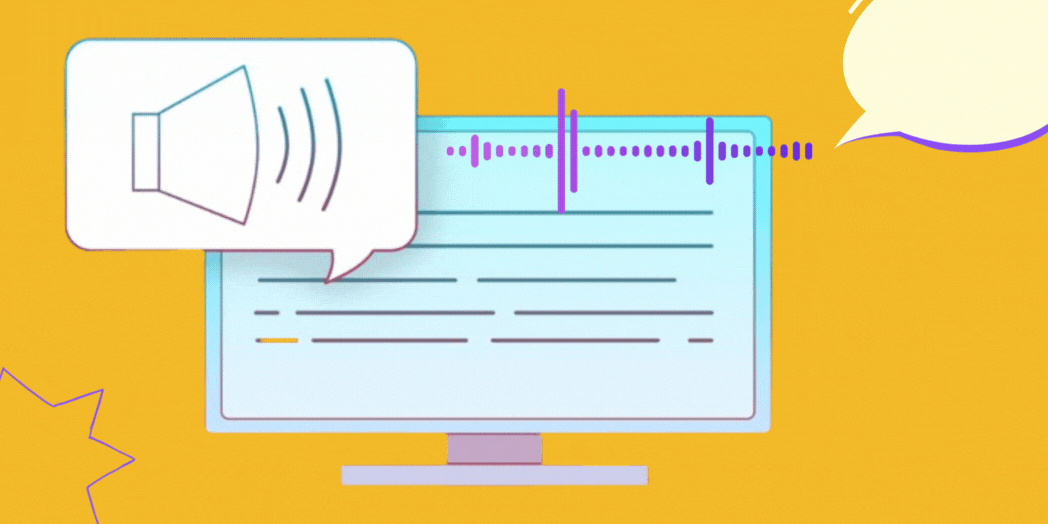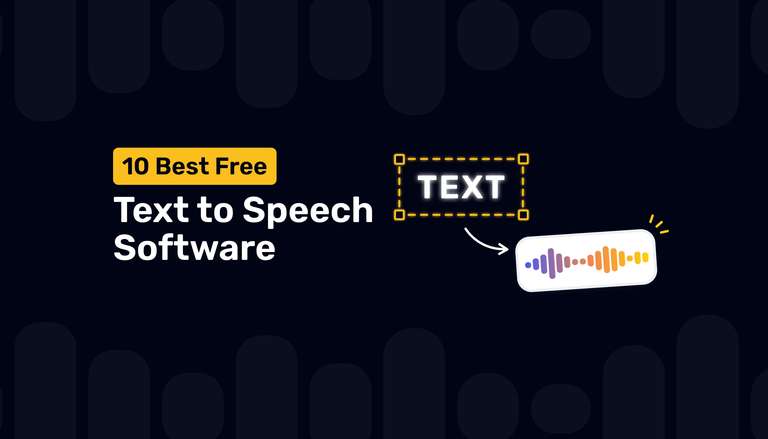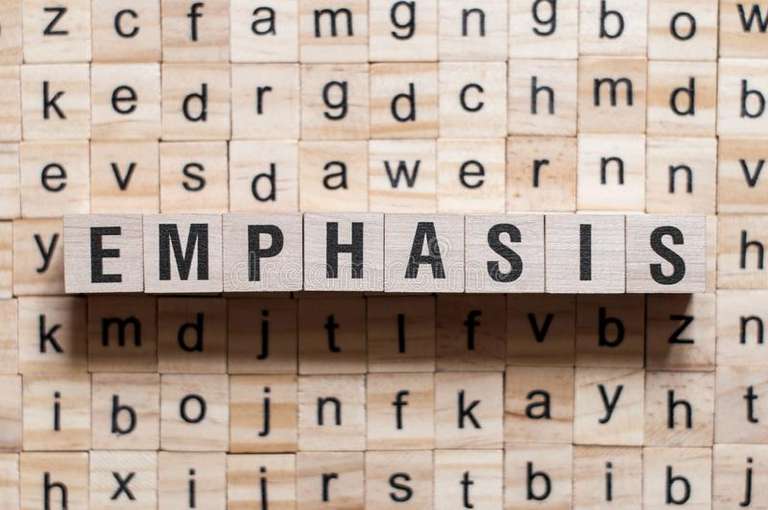A Beginner's Guide to Text to Speech

Imagine if you could hear your eBooks out loud. Or, your devices engaging in a conversation with you, responding to your queries, and providing assistance as if you were chatting with a human assistant. That’s the magic of text to speech!
Text to speech isn’t just about transforming written text into spoken words. It represents a transformative bridge between accessibility, convenience, and inclusivity.
Beyond the convenience of having books, webpages, and other written content read aloud, text to speech empowers individuals with visual impairments to access written information in a way that was previously impossible. For those with dyslexia or other reading disabilities, it offers an alternative means to absorb information effortlessly. Moreover, in an increasingly digital and interconnected world, where multitasking has become the norm, these tools enable users to consume content hands-free while engaged in other activities like driving or exercising.
In this blog, we’ll unravel the past, present, and future of text to speech technology together. But, before that……
Table of Contents
What is Text to Speech?

In essence, text to speech is a technology that converts written text into spoken language. It synthesizes speech from written input, allowing users to listen to text content instead of reading it. TTS systems leverage AI and machine learning algorithms to analyze the text and apply linguistic rules, pronunciation dictionaries, and prosody models to generate natural-sounding speech output.
How Does Text to Speech Work?
Text to speech can be thought of as a puzzle-building process. You start by inputting text into the software. This text is then broken down into linguistic elements such as words, sentences, and paragraphs to convert them into sound. This sound is known as a phoneme.
The software then begins the assembly process, known as synthesis, piecing together these phonemes to form complete words and sentences.
Finally, the assembled sounds are transformed into a pre-recorded, human-like voiceover. And voila! You’ve successfully converted your text into a voice that sounds natural and realistic.

A Brief History on Text to Speech Technology
The genesis of TTS technology dates back to the 18th and 19th centuries when the earliest attempts were made to create devices capable of mimicking human speech.
The Vocoder: The 101 of TTS Technology
The first significant breakthrough came in the mid-20th century with the development of the Vocoder, the pioneering TTS model by John Larry Kelly Jr. and Louis Gerstman.
Introduced around 1961 at Bell Labs, the Vocoder utilized a computer to synthesize the song “Daisy Bell,” offering the world its first glimpse into electronic speech synthesis. Despite the technological breakthrough, the voice generated by the Vocoder was still quite robotic and far from the naturalness of human speech.
Concatenative TTS: Improvements and Building Blocks
Then came one of the early advancements in TTS technology, concatenative TTS in the 1970s. This approach involved amassing a database of short sound samples, which were then manipulated and merged to generate specific sound sequences. The result was audible and intelligible verbal sentences, significantly improving TTS technology.
Parametric TTS: Adding More Flexibility
With further advancements in statistical machine learning, parametric speech synthesis emerged. Unlike Concatenative TTS, which works with fixed sound sequences, parametric TTS utilizes generative models. These models were trained on specific distributions of recorded sound parameters, allowing the TTS to reproduce artificial speech that sounded like an original voice recording. The outcome was a reduced data footprint and increased vocal expression and accent flexibility.
Deep Neural Network (DNN) Approach: Bringing AI to Text to Speech
Today’s modern text to speech systems rely on deep neural networks (DNN) to automate smoothing and parameter generation tasks. DNN employs a layered hierarchical framework to transform linguistic text input into its final speech output, mimicking human speech creation. This approach has rapidly become the dominant force in the TTS generation, paving the way for machine-read audiobooks and virtual influencers.
Exploring Different Text to Speech Methodologies
TTS technology has evolved through various stages of development, from the early phonetic synthesizers to modern neural network-based systems. Let’s break them down one by one.
Rule-Based Systems
Much like following a recipe while cooking, a ‘Rule-based System’ has a set of instructions (or rules) that it follows in a specific order. These linguistic rules and algorithms are predefined and the system executes actions based on these rules to generate speech output accurately.
These rules define how each phoneme should be pronounced, considering factors such as word structure, syllable stress, and surrounding context.
However, there can be exceptions, such as:
Rule-based systems are rigid and can only operate within predefined rules, making them incapable of learning from new data or adapting to unforeseen situations.
As the number of rules increases, the system becomes complex and more demanding to manage, potentially leading to conflicts or inefficiencies.
Moreover, creating and maintaining these rules can be time-consuming.
To address these limitations of rule-based systems, more advanced techniques like machine learning and neural networks have been developed.
Machine Learning
Machine learning is like learning to cook by trial and error. Instead of following a fixed recipe, you try different combinations of ingredients and cooking methods and learn from the results.
Machine learning involves training algorithms to recognize patterns and make predictions based on data. In the context of TTS, ML algorithms can be trained on large datasets of text and corresponding speech samples. By analyzing these datasets, ML models learn the relationships between written text and spoken language, allowing them to generate more natural and expressive speech output.
In short, a machine learning model is like a chef who has “tasted” thousands of dishes (read: words and their pronunciations). It learns the patterns and uses this knowledge to “cook up” speech from written text.
Neural Networks
Finally, Neural networks are like having a team of chefs in the kitchen. Each chef specializes in a different part of the meal, working together to create the final dish. A neural network learns the mapping between written text and speech features directly from data. They process sequential input (text) and generate sequential output (speech) by leveraging multiple layers of interconnected neurons. Neural network-based TTS models can capture complex patterns in language and produce highly natural and expressive speech output. The result is a realistic, closer-to-human voice.
Also Read : How realistic is text to speech?
Benefits of Text to Speech Apps
The advantages of text to speech extend far beyond the confines of conventional text. Join us as we explore the possibilities and advantages of TTS:
Accessibility for All
TTS is like a personal translator that converts written words into audible speech, making information accessible to those who might otherwise be unable to read it due to visual impairments or dyslexia. Some TTS tools highlight words being spoken, too.
Learning and Multitasking
Think of TTS as your personal storyteller. It can read aloud your favorite books, study materials, and more while you multitask, do chores, commute, or just relax. This makes learning more flexible and allows for effective multitasking.
Productivity in the Corporate World
In the corporate world, TTS is like a personal assistant who can read your emails, reports, or any text-based information while you’re occupied with other tasks. It allows you to consume information ‘on-the-go’ and stay updated, enhancing productivity and efficiency.
AI Text to Speech Software
Today's TTS landscape is bustling with many different TTS tools that harnesses the power of artificial intelligence to transform text into lifelike speech, unlocking a multitude of applications across various industries and domains. From virtual assistants and chatbots to accessibility tools and language learning platforms, these web based tools find extensive utility in a wide range of applications.
Among the various TTS options available, Murf stands out, given its wide range of realistic AI voices, language and accent variety, easy-to-use studio, customization options, and additional voice-related features.
Murf Studio is like a personal narrator that brings your text to life, offering a selection of over 120 high-quality voices across multiple languages and accents. Murf's voices also support a host of customizations, including pitch, speed, pause, emphasis, voice style, and pronunciation. Users can tweak and modify these features to make the AI voice sound the way they want.
Serving as a video maker, Murf allows you to upload images, videos and even presentations to its platform and generate voiceover complementing the visual and sync the two together to create engaging audiovisual content.
Having Murf is like having a professional voice actor and editor by your side, always available and ready to perform adding depth and interest to your content.
In addition to text to speech, Murf also supports voice cloning, AI translation and AI dubbing, making it a one-stop-shop for all voice related applications and content, be it podcasts, videos, audiobooks, ads, YouTube videos or presentations. Try Murf's free trial today to witness the magic of creating voiceovers in seconds.

What Does the Future Hold for Text to Speech?
The future of TTS has so much potential and it’s getting better every day. Here are some amazing developments that are happening with this technology:
Advancements in Neural TTS: Remember those robotic voices that sounded like they had a cold? Well, forget about them. With neural TTS, we will now have computer-generated voices that sound almost human-like. They can talk like we do, with the right tone, pitch, and emphasis. It’s like having a real conversation with a machine. Neural TTS uses deep neural networks to learn from human speech data and generate natural human-like speech from text.
Emotional TTS: Speaking words clearly is not enough; you also need to express emotions. That’s what emotional TTS technology can do. It can add emotions like happiness, sadness, or anger to computer-generated speech, making it more expressive and engaging. Emotional TTS can help create more immersive and realistic experiences for listeners, and used in applications like games, podcasts or even short films.
Singing TTS: Who doesn’t love singing? Well, now you can sing with TTS too! This technology has fantastic potential for the music industry, as it can create original songs, covers, or parodies. Singing TTS can also be used for entertainment, education, or personalization.
As you can see, TTS technology is not just fleeting trend, but a revolution. It is changing the way we communicate, learn, create, and entertain. It is opening new possibilities and opportunities for everyone. It is the future of voice tech!
FAQs
What is text to speech, and how does it work?
Text to speech is an assistive technology that reads digital text aloud. It converts text into audio by breaking down the input text into phonemes and synthesizing it to form complete words and sentences.
Who benefits from text to speech?
Text to speech can be a beneficial tool for individuals who have reading difficulties, such as those with visual impairments or dyslexia. It’s also advantageous for students, enabling them to listen to their study materials while performing other tasks. Furthermore, it can boost efficiency in the business environment by vocalizing emails, reports, or any text-based data.
How is AI used in text to speech?
Leveraging machine learning algorithms, AI enhances the precision and fluency of synthesized speech. The sophistication of AI-generated voices is continually advancing, providing a diverse array of tones and accents. This progress results in speech output that sounds increasingly natural.
Which algorithm is used in text to speech?
Modern TTS systems use neural TTS, which is a type of TTS that uses deep neural networks to generate speech from text. Neural TTS can produce more natural and human-like voices than traditional TTS methods, which rely on concatenating pre-recorded speech segments or synthesizing speech from acoustic parameters.
What are the applications of text to audio?
Text to speech applications range from elearning modules to audiobooks to podcasts, explainer videos, product demos, advertisements, commercials, and more.
Where is text to speech used?
TTS is compatible with almost all digital devices, such as computers, smartphones, and tablets. It can vocalize various text files, including documents from Word and even online web pages and articles. TTS can also be used in customer service, healthcare, marketing, video production, and more.
What are some of the best text to speech software?
Murf, NaturalReader, Amazon Polly, Play.ht, Voice Dream Reader, Balabolka, and Microsoft Read Aloud are some of the leading text to speech software.



